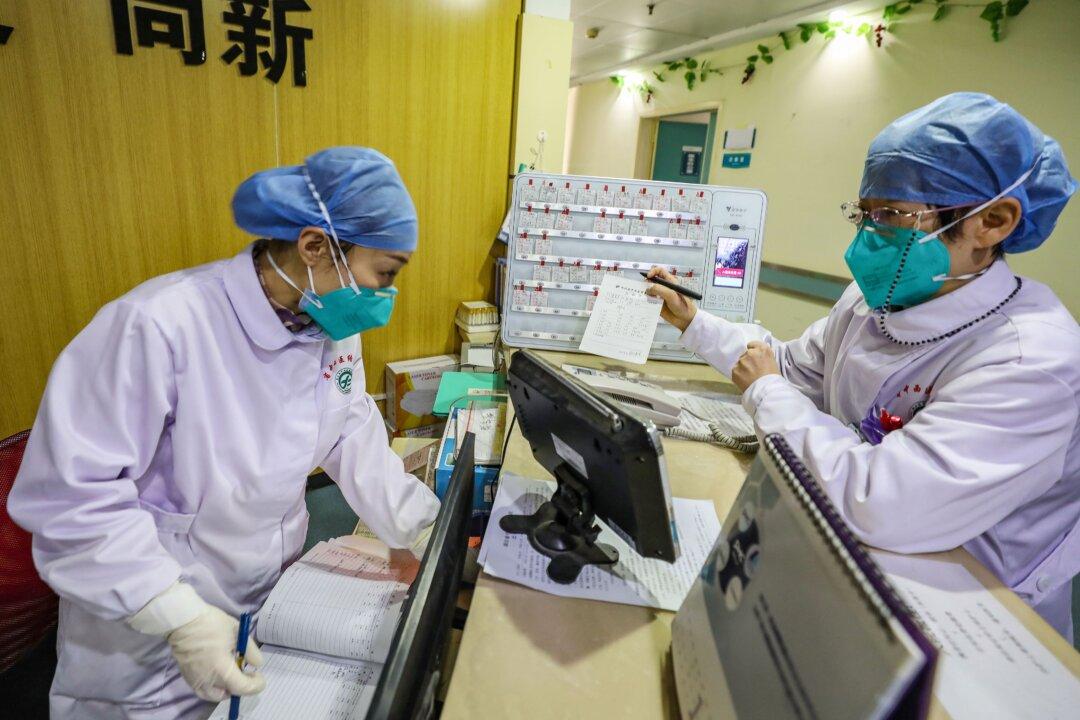Sources inside China are accusing authorities of mishandling the distribution of supplies that the public has donated to help with the coronavirus response.
Doctors and nurses from several hospitals designated to treat the coronavirus have turned to social media to plead for help. Videos shared online show medical staff wearing trash bags due to the lack of protective suits and shoe covers.





